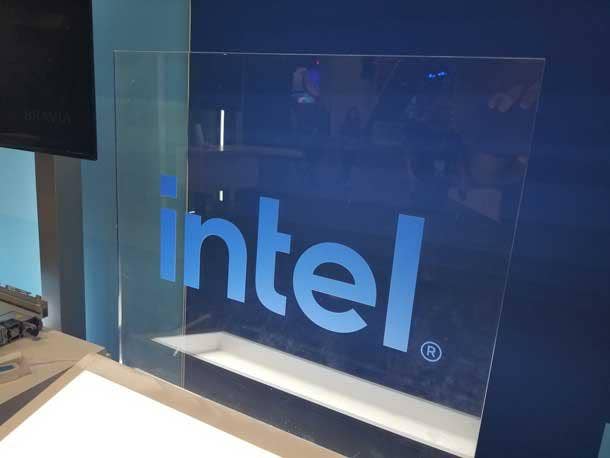Intel Hopes Long-Awaited Sapphire Rapids Will Boost Data Center Business
The high-octane CPU and GPU releases will come on the heels of rival AMD’s expected EPYC data center chip releases as the companies wrestle for business in a tough market. ‘This will be a very significant product for Intel,’ one channel partner says.

Intel’s oft-delayed and much-anticipated Sapphire Rapids x86 CPU will be launched in January, along with the Ponte Vecchio GPU as part of the Max Series to boost data center productivity - and the company touted benchmark tests Wednesday that show off the line’s processing muscle.
The Santa Clara, Calif. chip giant’s Max Series promises top-of-line high performance computing (HPC) and artificial intelligence (AI) workload capabilities. The Xeon Max CPU (codenamed Sapphire Rapids) is the first x86-based processor with bandwidth memory, accelerating many HPC workloads without the need for code changes, the company says.
Intel’s foray into GPU production challenges Nvidia’s GPU data center dominance with the Max Series GPU (code-named Ponte Vecchio), which the company touts as its highest density processor with more than 100 billion transistors packed into a 47-tile packets with up to 128 GB of high bandwidth memory.
[RELATED STORY: Intel CEO Pat Gelsinger On Potential Layoffs, The ‘Unpredictable’ Economy And Consolidation In The Chip Market]
It’s likely no coincidence that Intel’s HPC product announcement comes just as AMD is set to release its own EPYC line of high-powered data center products. AMD in recent years has made significant gains in the x86 data center market, taking share from Intel and ramping up competition between the two chipmakers. Intel says the Max Series CPU provides 68 percent less power usage than AMD’s Milan-X cluster for the same HPC performance. In workload benchmarks, Intel claims 2.4 times faster speeds for climate modeling than AMD Milan-X.
Intel posted a disappointing third-quarter earnings report last week, with the data center business taking a massive hit, with sales down 26 percent in the quarter to $4.2 billion, compared with $5.8 billion sales in the year-ago quarter. Operating income for the data center group, meanwhile, dropped from $2.3 billion in the year ago quarter to zero.
Speaking to analysts during the third quarter earnings call, Intel CEO Pat Gelsinger said the company was hoping to gain share with the new product releases, but not to expect an instant turnaround. “As the product line gets stronger, we will be in a position to regain share and regain ASP (Application Service Provider market) with ramped-up Sapphire Rapids, but we still see ourselves not in the position that we’re gaining share.”
Intel had originally planned to ship the new Xeon Max Series CPUs in the fourth quarter of 2021. That goal has been pushed out a few times, but Intel insists the new chips will be ready for the January product launch. Widespread availability, however, may be another issue. Previous launches have taken several months to ramp to mass production.
Kent Tibbils, vice president of marketing for Intel distributor ASI Corp. in Fremont, Calif., said demand for the new products should be strong within the channel. “Over time, we may have forgotten about all the things coming in this platform,” he said. “We’re hearing a lot of positive feedback from customers who have a lot of excitement for the product. This will be a significant product for Intel. Will it turn around earnings? I don’t know. The question is going to be if these new products will take share away from AMD and slow down their momentum? Our customers seem to be very optimistic for Intel.”
In an interview with CRN, Jason Kennedy, Intel’s senior director for customer engagement and product management for Xeon, said the company is counting on channel partners to get the word out about its new offerings. “Our channel relationships remain critical,” he said. “The expectation is that we’ll address their needs as a company, and rightfully so. Intel’s not just a chip company. We’re making those investments in relationships [in the channel].”